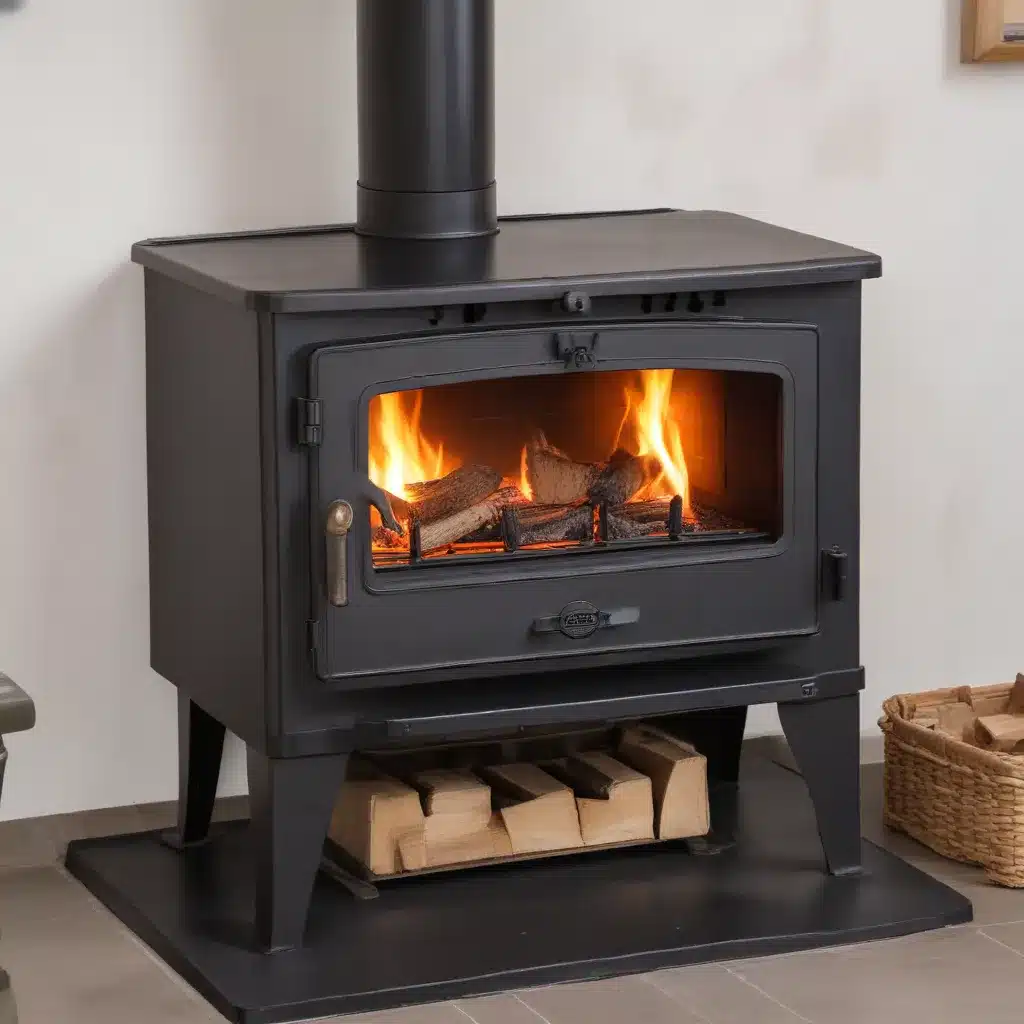
Understanding Emissions Regulations for Wood Stoves
As a seasoned expert in the world of wood stoves and heating solutions, I’ve spent years navigating the complexities of stove emissions standards and their impact on energy efficiency, environmental sustainability, and the overall user experience. In this comprehensive article, I’ll delve into the intricacies of stove emissions regulations, providing you with practical insights and in-depth knowledge to make informed decisions about your home heating needs.
The Importance of Emissions Standards
Emissions from wood stoves have long been a concern for policymakers, environmental advocates, and homeowners alike. Incomplete combustion of wood can release a range of harmful pollutants, including particulate matter, carbon monoxide, and volatile organic compounds, which can negatively impact indoor and outdoor air quality. To address these environmental and health concerns, various government agencies have implemented emissions standards for wood stoves, requiring manufacturers to design and produce stoves that meet specific emissions thresholds.
Evolution of Emissions Regulations
The history of wood stove emissions regulations in the United States can be traced back to the 1980s, when the Environmental Protection Agency (EPA) first introduced the New Source Performance Standards (NSPS) for residential wood heaters. These standards were updated in 1988 and again in 2015, with increasingly stringent emissions limits to drive the development of cleaner-burning stove technologies.
The 2015 NSPS update, for example, set new emissions limits of 2.0 grams per hour (g/hr) for non-catalytic wood stoves and 2.5 g/hr for catalytic wood stoves. This represented a significant tightening of the standards, as the previous limits had been 7.5 g/hr and 4.1 g/hr, respectively.
Understanding Catalytic and Non-Catalytic Stoves
To meet these evolving emissions standards, wood stove manufacturers have developed two primary technologies: catalytic and non-catalytic stoves.
Catalytic Stoves:
Catalytic stoves use a special catalytic combustor that helps to further burn the particulates and gases released during the wood-burning process. This additional combustion stage significantly reduces the overall emissions from the stove, allowing it to meet stricter emissions regulations.
Non-Catalytic Stoves:
Non-catalytic stoves, on the other hand, rely on a carefully engineered primary combustion chamber and airflow system to achieve cleaner, more efficient burning without the use of a catalytic combustor. These stoves often incorporate advanced features like secondary air inlets and baffles to optimize the combustion process.
Emissions Testing and Certification
To ensure that wood stoves meet the required emissions standards, they undergo rigorous testing and certification processes. Manufacturers submit their stove models to accredited testing laboratories, where the stoves are evaluated under controlled conditions to measure their emissions levels and overall performance.
Once a stove model has been certified as meeting the EPA’s emissions standards, it is added to the EPA’s list of approved wood heaters, providing consumers with a reliable guide for selecting eco-friendly heating solutions.
Factors Affecting Emissions Performance
It’s important to note that a wood stove’s emissions performance is not solely determined by its design and certification. Several other factors can also influence the actual emissions produced during real-world use, including:
- Fuel Quality: The type, moisture content, and preparation of the wood fuel can significantly impact the completeness of combustion and the resulting emissions.
- Installation and Maintenance: Proper installation, regular cleaning, and routine maintenance of the stove and chimney system are crucial for maintaining optimal emissions performance over time.
- User Behavior: The way the homeowner operates the stove, such as loading frequency, air intake adjustments, and burn cycle management, can also affect the stove’s emissions profile.
Balancing Emissions and Efficiency
While emissions standards aim to reduce the environmental impact of wood stoves, they must be carefully balanced with the need for efficient home heating. Manufacturers continually work to develop stoves that not only meet stringent emissions limits but also provide superior heating performance, fuel economy, and user-friendly operation.
By understanding the trade-offs between emissions, efficiency, and user experience, homeowners can make informed choices about the wood stove that best fits their needs and preferences, while also contributing to a cleaner, more sustainable home heating landscape.
Navigating the Emissions Landscape
Choosing the Right Stove for Your Needs
When selecting a wood stove for your home, it’s essential to consider not only the emissions standards but also factors such as the size of your living space, your heating requirements, and your personal preferences. By working closely with https://woodstoveheaters.com/ and authorized dealers, you can find a stove that strikes the right balance between emissions, efficiency, and performance.
Maintaining Optimal Emissions Performance
Proper maintenance and operation are critical for ensuring that your wood stove continues to meet emissions standards throughout its lifespan. This includes regularly cleaning the stove, properly seasoning the wood fuel, and following the manufacturer’s instructions for optimal burn cycles and air intake adjustments.
Staying Informed on Regulatory Changes
As emissions regulations continue to evolve, it’s essential to stay up-to-date on the latest developments. By monitoring updates from the EPA, state and local authorities, and industry organizations, you can ensure that your wood stove remains compliant and that you’re making informed choices about your home heating solutions.
Exploring Alternative Heating Options
While wood stoves remain a popular and versatile heating choice, homeowners may also want to consider alternative heating technologies, such as pellet stoves, electric heating, or even hybrid systems that combine multiple energy sources. By exploring these options, you can find the most efficient and environmentally friendly solution for your home’s unique needs.
Conclusion
As a wood stove expert, I hope this article has provided you with a comprehensive understanding of the emissions standards, technologies, and factors that shape the wood stove landscape. By staying informed and making thoughtful choices, you can enjoy the warmth and ambiance of a wood-burning stove while minimizing its environmental impact and contributing to a more sustainable future. Visit https://woodstoveheaters.com/ to explore our wide selection of high-efficiency, emissions-compliant wood stoves and accessories, and let us guide you on your journey to finding the perfect heating solution for your home.


